
Queen Elizabeth II’s personal wealth was estimated to be more than $734 million before her death.
But getting an exact figure on the late monarch’s wealth is difficult, because it comes from a combination of public and private assets.
Unlike other families in the United Kingdom, senior royals don’t have to make their wills public — so it’s likely we will never know exactly how much she was worth.
However, we do know who will inherit some of her vast fortune.
But first let’s break down the three sources of the monarch’s fortune and sources of income.
1. Queen Elizabeth II’s personal wealth
Of all the ways the monarch makes money, this is the most difficult to pin down.
It includes the Queen’s investments, properties, art, jewels and racehorses among the other items that the she privately owned and was under no obligation to report.
All we can do is rely on estimates.
Britain’s Sunday Times newspaper estimated her net worth was $637 million earlier this year, while Forbes has her worth closer to $734 million.
For what it’s worth, Forbes estimates that the royal family — sometimes called The Firm — is worth about $28 billion.
Outside of her holdings and investments, the Queen’s lifelong passion for horses reportedly made her millions.
Estimates from 2017 put her lifetime prize money won from racing at about $12 million.
There’s two big ticket properties that were privately owned by the Queen: Balmoral Castle and Sandringham House.
She inherited both properties from her parents.
Prince Albert, the husband of Queen Victoria, purchased Balmoral Castle, which sits on a 20,000-hectare estate, from a Scottish family in 1852.
The Queen’s great-grandfather King Edward VII bought Sandringham House, which sits on roughly 3,200 hectares, in 1862.
Both have remained in the family since.
They are now owned by the Queen’s son, King Charles III.
2. The Duchy of Lancaster
The Duchy of Lancaster is a private collection of property, land and investments which dates back to 1265.
It includes blocks of property in central London and 10 castles, as well as farmland, homes, quarries, golf courses and commercial premises across England and Wales.
The Queen was not required to pay tax on the income, but she has contributed a voluntary amount since 1993.
This year the Duchy of Lancaster reported it had had $1.1 billion in net assets under its control, which delivered a net surplus of $40 million.
The main sources of income came from commercial property (63 per cent), agriculture (20 per cent) and finance (9 per cent).
3. The Crown Estate
The Crown Estate includes world-famous possessions.
It includes the properties and items that tourists travel across the globe to see such as Buckingham Palace, Windsor Castle, the Crown Jewels and the Royal Collection.
These are kept by the Monarch on behalf of the nation, which means they are not the property of the UK government or part of the sovereign’s private estate.
They are part of the hereditary possessions of the sovereign “in right of the Crown”.
It’s a collection of lands and holdings that make up one of the main sources of income for the royal family.
These include shopping centres, retail areas and buildings.
One of the lesser-known properties owned by The Crown Estate includes virtually all of the United Kingdom’s seabed.
It’s all overseen as an independent commercial business run by a board of eight people who are approved by the monarch on the advice of the UK prime minister.
Those eight people manage assets with a combined value of $25.95 billion with the aim of enhancing its value.
In 2021, the Crown Estate made a net income of $459.66 million.
This is then split up, with 75 per cent going to the UK treasury and 25 per cent to the monarch.
The quarter paid to the royals is known as the Sovereign Grant, which funds the upkeep of palaces and expenses of royal duties.
Last year, the Sovereign Grant was $147 million, which works out to be about $2.20 per person in the United Kingdom.
Australia does not directly fund the monarchy.
So, what do King Charles and the rest of the royal family inherit?
Like his mother before him, King Charles will inherit The Crown Estate and the Duchy of Lancaster.
Prince William and his wife Catherine will inherit the Duchy of Cornwall, which was set up by King Edward III in 1337 to provide independence to his heir.
The Duchy of Cornwall has been passed on to the heir to the throne who, up until Queen Elizabeth’s death, was King Charles.
It will now be passed to Prince William and Catherine due to their promotion to Prince and Princess of Wales.
The prized estate, which is made up of 53,000 hectares of land in 23 counties, has a net worth reportedly above $1.6 billion.
The vast amount of wealth passing hands between the royals will be tax-free.
The 40 per cent levy on property valued at more than $548,000 for constituents of the United Kingdom does not apply to the royal family.


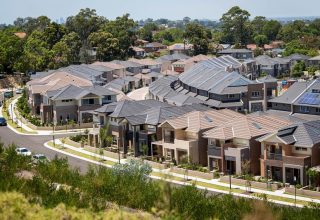
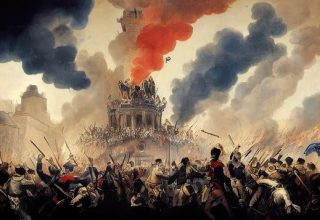



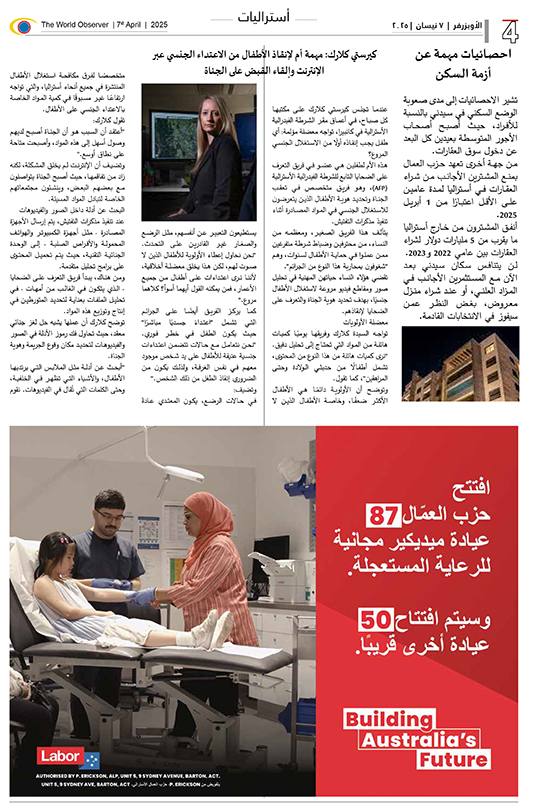
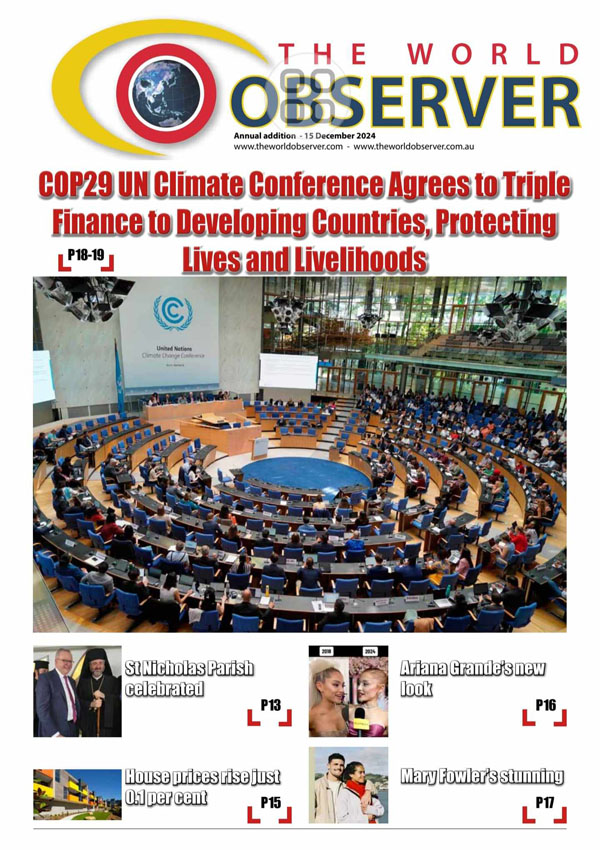
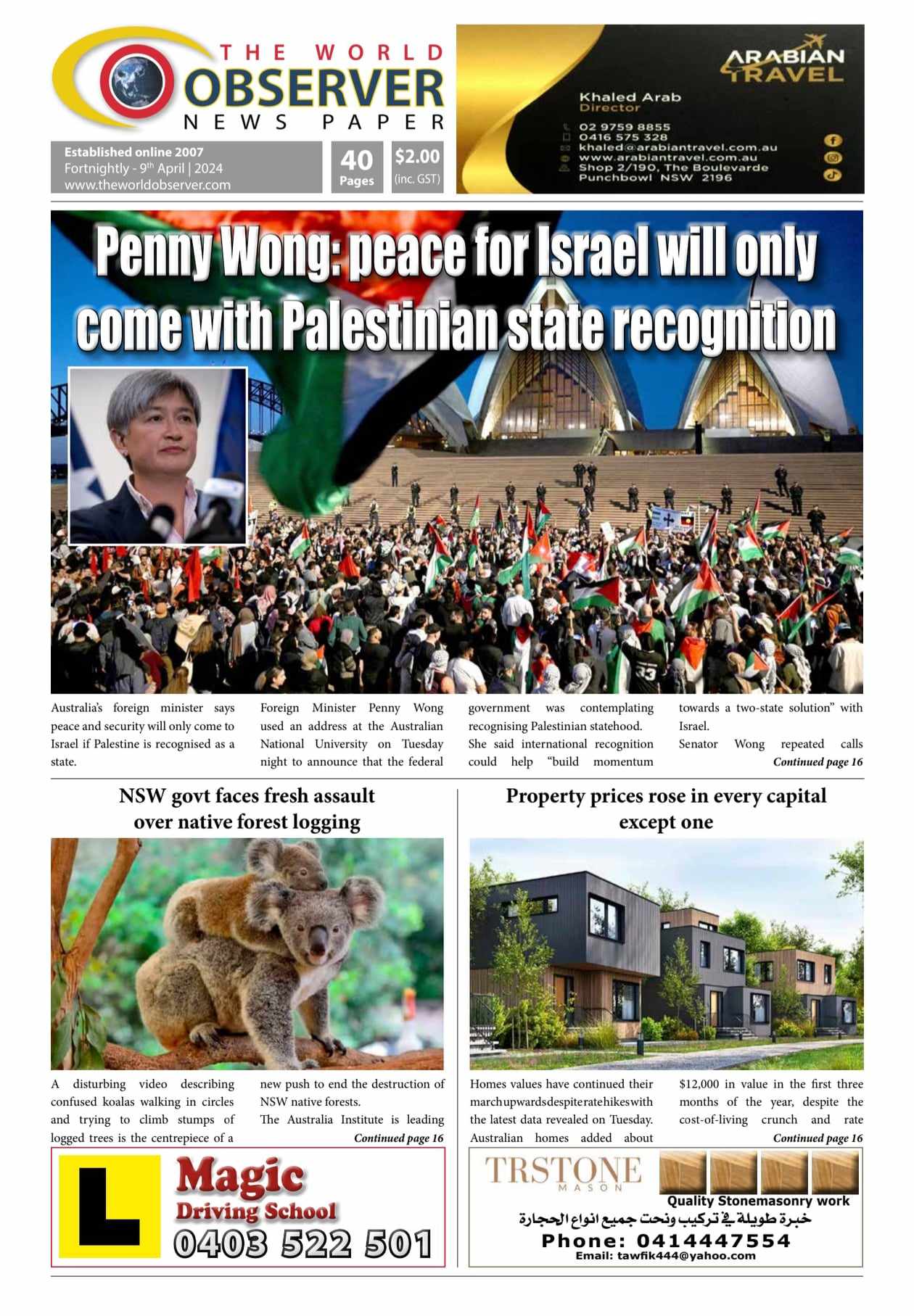

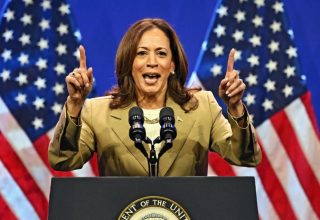

























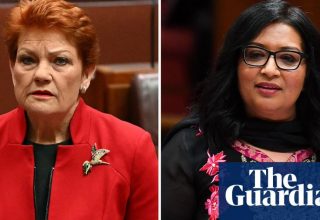

 The World Observer Media produces a daily online newspaper, a daily Arabic online newspaper and a monthly printed Arabic/English magazine and a weekly printed Arabic/English newspaper.
The World Observer Media’s mission is to entertain and educate all generation from the Ethnic Communities in Australia, who are interested in local, national and foreign information.
The World Observer Media produces a daily online newspaper, a daily Arabic online newspaper and a monthly printed Arabic/English magazine and a weekly printed Arabic/English newspaper.
The World Observer Media’s mission is to entertain and educate all generation from the Ethnic Communities in Australia, who are interested in local, national and foreign information. 


